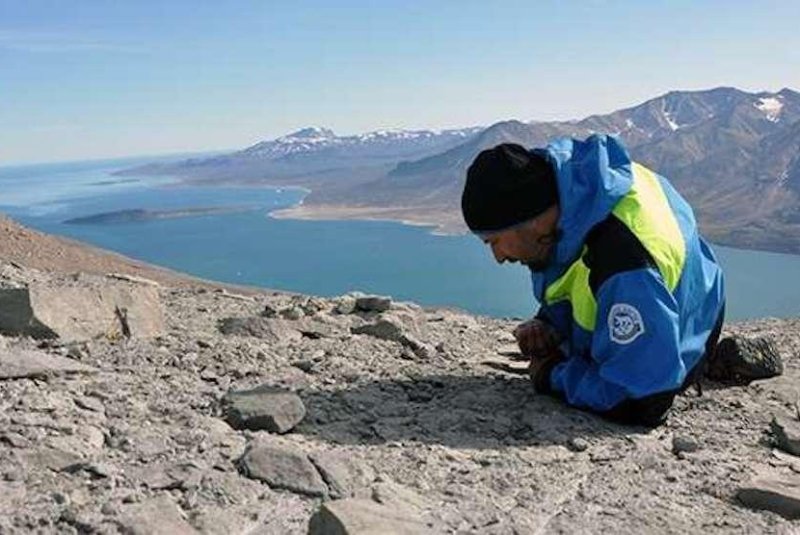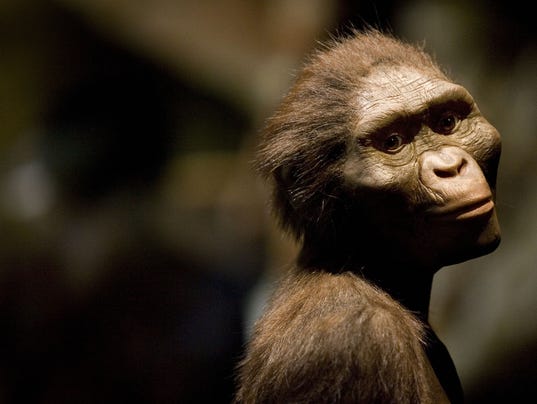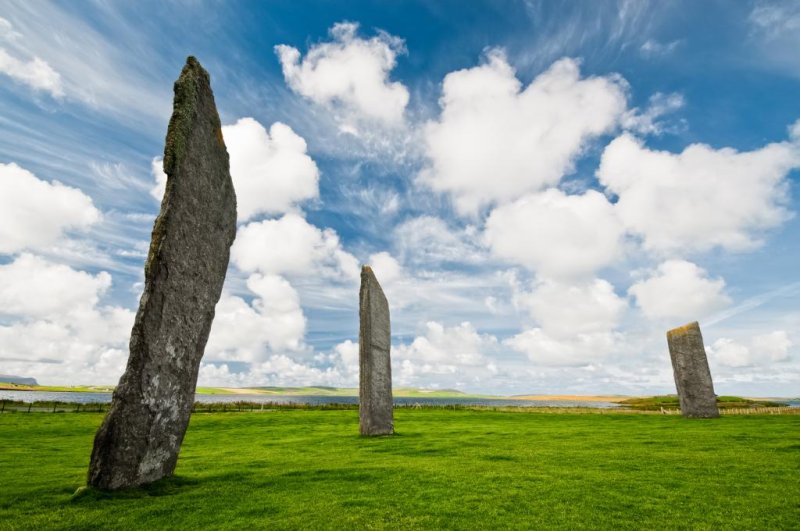A group of international researchers hit the planetary jackpot by spotting 60 new planets, including a “super Earth.”
The team also found evidence of 54 other planets, bringing the total of new exoplanets to over 100, according to a statement from the University of Hertfordshire in the United Kingdom, which participated in the study.
Astronomers find 60 new planets, including a 'super Earth'
New moth species named for Donald Trump's hair
Scientists have named a newly discovered species of moth after Donald Trump. Researchers named the moth after the President-elect because the new moth, in adult form, boasts a series of yellowish-white scales on its head, resembling the hair of Trump.
The moth, Neopalpa donaldtrumpi, was formally introduced in the latest issue of the journal ZooKeys. It is one of two species within a genus of twirler moths.
N. donaldtrumpi and its relative are both found throughout Southern California, as well as across the border in Baja California, Mexico.
TVNL Comment: Poor little thing will have to go through all eternity with the name of a truly rare and scary species of humans.
Greenland fossils showcase recovery from extinction event 252 million years ago
 Some 252 million years ago, the planet suffered the most catastrophic mass extinction event in its 4.5 billion-year history.
Some 252 million years ago, the planet suffered the most catastrophic mass extinction event in its 4.5 billion-year history.
A trove of newly discovered fossils -- unearthed in Greenland by a team of palaeontologists -- have offered scientists a snapshot of the ecological recovery closer to the poles.
Even biodiversity far from the equator was obliterated.
Rosetta Spacecraft Safely Lands on Comet

Some space missions go out with a bang, others with a victorious return to Earth, but Rosetta’s final moment was marked simply by radio silence.
Shortly after noon (BST) on Friday, the European Space Agency (ESA) spacecraft finally collided with the duck-shaped comet that it has been pursuing through space for twelve-and-a-half years, switched off its transmitters and hung up the phone to its controllers on Earth.
Stephen Hawking warns against seeking out aliens in new film
 “We come in peace” might be the traditional opening gambit for aliens in science fiction, but we should be wary about beaming back a response to any advanced life-forms in real life, Stephen Hawking has warned.
“We come in peace” might be the traditional opening gambit for aliens in science fiction, but we should be wary about beaming back a response to any advanced life-forms in real life, Stephen Hawking has warned.
Our first contact from an advanced civilisation could be equivalent to when Native Americans first encountered Christopher Columbus and things “didn’t turn out so well”, he cautioned.
Cracking an ice cold case: Nearly 3.2 million years ago, Lucy died. Now we know how.
 Talk about cracking a cold case: Nearly 3.2 million years ago, Lucy died. Now we may know how.
Talk about cracking a cold case: Nearly 3.2 million years ago, Lucy died. Now we may know how.
Lucy, the iconic human cousin whose skeleton was discovered in Ethiopia in 1974, died shortly after she fell out of a tree, according to a new study published Monday in the peer-reviewed British journal Nature.
More than four decades after her discovery, Lucy remains one of oldest, best and most complete skeletons of any adult, erect-walking hominid, according to John Kappelman, an anthropologist at the University of Texas and the lead author of the study. A hominid is a member of the evolutionary family that includes great apes – such as gorillas, chimps, and orangutans, humans, and their ancestors, some of which are extinct.
Researchers confirm astronomical nature of ancient Scottish stones
 For the first time, researchers have confirmed the astronomical accuracy of Britain's earliest stone structures. According to scientists at the University of Adelaide, the great circles traced the paths of the moon and sun at the time of their construction, 5,000 years ago.
For the first time, researchers have confirmed the astronomical accuracy of Britain's earliest stone structures. According to scientists at the University of Adelaide, the great circles traced the paths of the moon and sun at the time of their construction, 5,000 years ago.
"Nobody before this has ever statistically determined that a single stone circle was constructed with astronomical phenomena in mind -- it was all supposition," Gail Higginbottom, visiting research fellow at Adelaide and leader of the recent research effort, said in a news release.
More Articles...
Page 8 of 62

 Science Glance
Science Glance






























